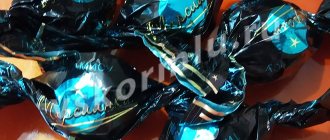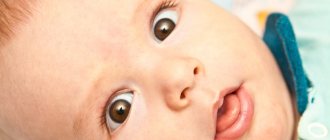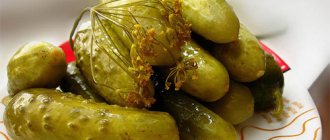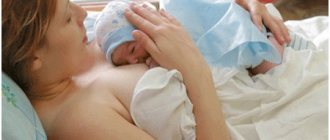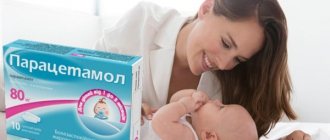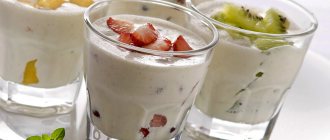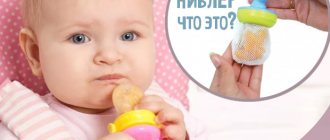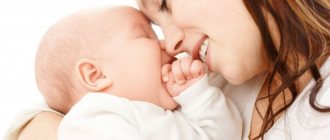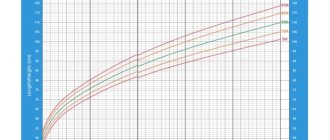The occurrence of mastitis is not limited to breastfeeding women. The cause of this disease may be hormonal imbalances. And often women do not know what measures can be taken other than drug therapy. They are especially interested in whether it is possible to massage the breasts during mastitis in a nursing mother, and if so, how to knead and massage the breasts so as not to aggravate the course of the disease.
Types and symptoms
Inflammatory breast disease, or otherwise mastitis, comes in two main types:
- Lactational, divided into serous, purulent and infiltrative forms.
- Non-lactational, divided into fibrocystic, acute and plasma cell subtypes.
The first type is characteristic of the lactation period and has a second name: postpartum mastitis. This type affects the largest number of patients diagnosed with this disease. Among nursing mothers, the percentage of those suffering from mastitis is 6%.
Inflammation of the mammary gland begins due to stagnation of milk in it. Incorrect attachment to the baby's breast, improper pumping also contributes to the appearance of the inflammatory process. A young mother should be wary of the following symptoms:
- temperature increase;
- painful sensations in the chest;
- increase in size of the mammary gland;
- redness and swelling of the breasts;
- pumping and feeding do not alleviate the patient’s condition, but increase pain;
- Milk is poorly released from the mammary gland.
When are antibiotics prescribed for mastitis for a nursing mother?
The main factors in the inflammatory process of the mammary glands are bacterial infection and milk stasis. Stagnation of milk creates favorable conditions for the accelerated proliferation of pathogenic flora (Klebsiella, streptococci and staphylococci, Pseudomonas aeruginosa and Escherichia coli), contributing to the appearance of pathology in the mammary gland.
The main danger of the disease lies in its rapid progression. If there is no timely treatment, pathological mammary stasis first develops into serous, and then into an infiltrative type of mastitis (after 1-3 days). Within a few days, the infiltrate may suppurate, turning into a mammary abscess or phlegmon, which require prompt surgical intervention. If there is no specialized help, a woman may die due to purulent mastitis. The cause is sepsis.
An antibiotic for mastitis in nursing women can help in this case.
Therefore, due to the likelihood of rapidly progressing and serious complications, treatment without medications. Namely: lymphatic drainage massage, applying a warm compress to the breast before feeding and after - cold pumping. Performing a light massage during feeding, drinking plenty of fluids and resting are advisable only at the stage of milk stagnation.
If there is no effect from treatment without medications, within 24 hours after the diagnosis is made, the doctor prescribes the use of antibiotics for mastitis for the nursing mother.
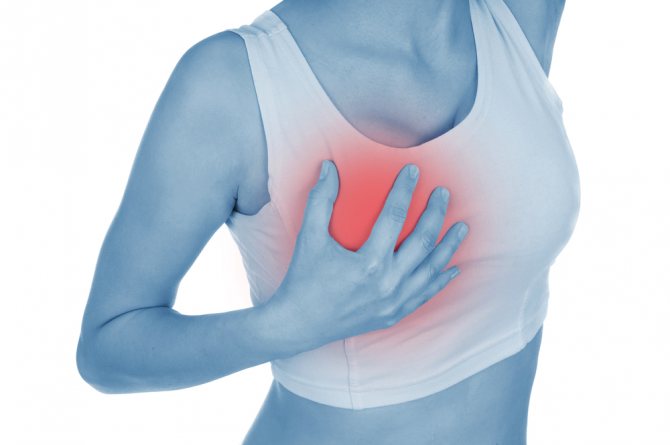
Rules
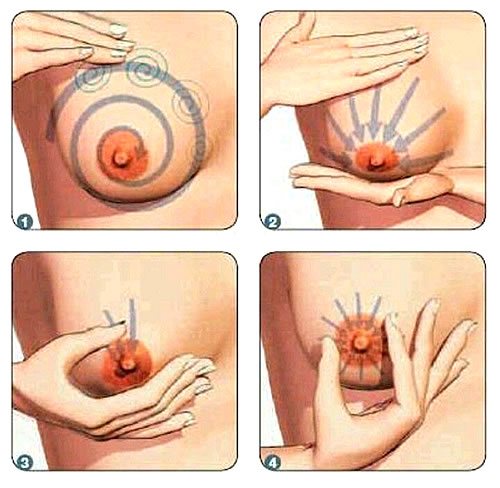
In addition to medications, physiotherapy and massage are prescribed against mastitis. As practice shows, in case of serous form of inflammation of the mammary gland in a nursing mother, specialists place the main emphasis on massage activities.
Thorough and proper breast massage will help not only get rid of congestion, but also improve blood circulation to prevent unwanted complications.
The main thing is to remember how to do a massage correctly and carry out the procedure competently, in compliance with the rules of personal hygiene..
Before starting, you should wash your hands well in warm water and soap, and trim your nails short to avoid injury.
Rules for breast massage for mastitis:
- Massage movements should be directed from the edge of the breast to the nipple. This direction helps clear the milk ducts. It is recommended to perform this technique every 3 hours.
- If a lump is felt during palpation of the mammary gland, then massage movements should be made from it to the edges of the dense area.
- Finally, light stroking of the breast is carried out from the areola to the axillary part and to the edges of the breast.
Sometimes you can hear that all movements when massaging the chest with mastitis should be carried out clockwise. But experts point out that this statement is incorrect, and it does not matter in which direction the hand is directed.
It is recommended to begin the massage procedure for inflammation of the mammary gland under the supervision of a specialist who will tell you what movements are best to knead this or that area, what pressure is permissible.
Sometimes it is difficult to carry out massage movements on your own due to pain, then it is better to resort to outside help. In the maternity hospital, midwives help perform this procedure.
Massage for mastitis should be done on the painful area immediately before and after breastfeeding. The upper part of the painful area must be pressed with the palm of your hand so that the pain can be withstood.
Continue applying pressure until the pain in the kneaded area subsides. Then repeat the pressure again, only harder and wait again until the pain subsides.
Continue such pressure for as long as you have the strength to endure. The pressure must be applied gently and lightly; you should not immediately squeeze the mammary glands too much, so as not to injure them.
Having stretched the gland, you should move it with pressure towards the nipple. Repeat the entire procedure, starting pressing a little closer to the nipple and moving higher than the nipple.
Breastfeeding after mastitis: what you need to know?
Mother's milk is the ideal food for a baby. It contains all the necessary substances in optimal quantities, the correct ratio and easily digestible form. Breastfeeding has a deep emotional impact on the child and ensures good health, harmonious growth and proper development. During breastfeeding, a mother may encounter a number of problems: lactostasis, cracked nipples, breast pain, mastitis.
What is mastitis?
Mastitis is an inflammation of the mammary gland that most often occurs in young mothers. The main cause of mastitis is stagnation of milk, lactostasis. When the natural ducts of the mammary gland become compressed and begin to swell, it only takes a few microbes entering through the lymphatic ducts or from cracks in the nipples to cause inflammation.
However, if the mother behaves correctly at the first signs of mastitis (breast pain, breast hardening, redness of the skin), then the most unpleasant consequences can be avoided.
The first rule for mastitis: remove lactostasis! Therefore, the baby can and should be fed from the sore breast, trying to position it so that it “resolves” the sore spot. To ensure better breast emptying, you can express a little milk before feeding.
If you cannot cope without antibiotics, then you should choose drugs that are compatible with breastfeeding. Perhaps, against the background of the mother's treatment, the baby's stool will change for 7-10 days. But the most important and valuable thing - breast milk - will be preserved.
Symptoms of mastitis:
- breast lump,
- redness of the skin around the nipple,
- constant pain that gets worse during feeding,
- increase in body temperature to 38-39 degrees.
Forms of mastitis:
The serous (initial) form of mastitis can quickly develop into an infiltrative (severe) form , in which an inflamed area of the mammary gland appears - an infiltrate. This form can be determined upon examination: the inflamed area has a seal, and pain occurs in this area.
The next stage is purulent mastitis . There is a possibility of an abscess forming, the woman’s condition noticeably worsens, the temperature rises to 39 degrees, general weakness of the body, loss of appetite, and dry mouth appear. During manual examination of the mammary gland, you can feel a round, dense, mobile formation.
Mastitis is not always an obstacle to breastfeeding , but the pediatrician decides on the advisability of continuing breastfeeding during this period. If only a lump and limited inflammation without pus appearing in the breast, it is allowed to feed the baby. In case of severe pain and the appearance of a purulent infection, placing the baby on the sore breast should be temporarily stopped.
Contraindications
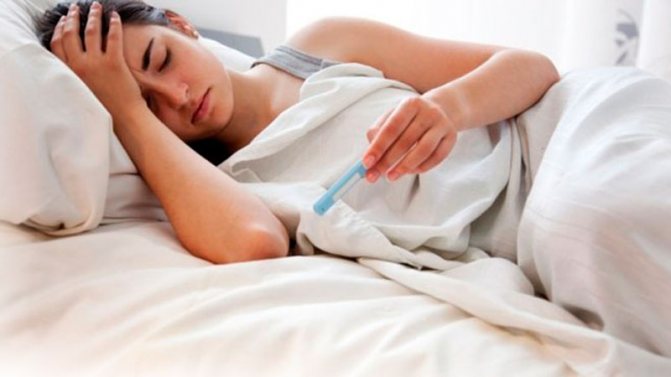
The question often arises: how to knead breasts with mastitis if there is a fever? Inflammation of the mammary gland causes blockage of the ducts. Regardless of the pain and temperature, continue to knead your breasts, massage them and express.
Despite the fact that massage is the main remedy for getting rid of mastitis, it is not always possible. You should stop massaging the glands if:
- transition of inflammation to infiltrative or purulent form;
- temperature rise to 39 degrees and above;
- formation of cracks, wounds and ulcers on the skin;
- the appearance of pustular or allergic rashes;
- diagnosing breast diseases classified as cancer.
Massage is contraindicated if the disease is of the non-lactation type. When diagnosing this disease, you should immediately establish the cause and only then carry out massage procedures in consultation with your doctor.
The doctor will tell you when it is best to start a massage, and at what stage it is acceptable.
Prevention of pathology: what you need to know?
Knowing the difficulty of getting rid of mastitis, women often ask if it is possible to prevent this disease? Experts advise the following.
- Feed the baby with breast milk on demand.
- Correctly attach the baby.
- Breastfeed exclusively for at least the first four months after birth.
- Avoid bottles and pacifiers.
- Carry out prevention and heal nipple cracks in a timely manner.
- Wear comfortable underwear.
- Avoid chest injuries.
- During the entire period of lactation, avoid serious physical work.
When the first symptoms of mastitis appear, you should consult a doctor or lactation consultant.
We looked at antibiotics for mastitis in women.
Preventive measures
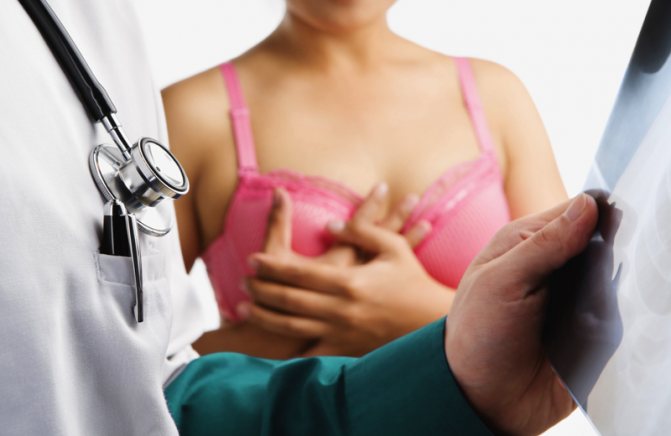
To avoid stagnation of milk and inflammation in the breasts of a nursing mother, it is necessary to take care of this before giving birth.
Before giving birth
Experts recommend preparing the mammary glands for feeding using light massage movements:
- Stroking the breasts in a circle with both hands. This movement should be carried out gently and softly; the nipples and areolas should not be crushed.
- Stroking the breast from above to the nipple, then from the side outside the massaged breast, then from the side between the glands, and only then below. It is recommended to knead both breasts at the same time in this way.
- Light pressure from above. To do this, take the right breast from below with your right hand, and gently and gently press it from above with your left.
Each movement should be performed 5 times. But it is not recommended to spend more than 10-15 minutes on massage exercises, so as not to provoke premature birth.
For prevention, you can also use cool douches in the morning. But you should not immediately turn into a walrus; the temperature must be reduced gradually.
After childbirth
During the postpartum period, it is recommended to continue massage against mastitis. Just before starting the procedure, you should wash your hands well and feed the baby, or express milk. Regular massage exercises will play an important role in the prevention of mastitis.
A light massage from the second half of pregnancy and from the first day after birth will help the flow of milk into the ducts, reduce congestion in the mammary glands and prevent the occurrence of mastitis.
Particular attention should be paid to the correct attachment of the baby to the breast. Correctly grasping the nipple with the baby's lips guarantees complete emptying of the duct and will avoid the phenomenon of milk stagnation in a nursing mother.
You should also latch on to your baby more often in the first days after birth, which will help milk production. In the first postpartum days, until milk has arrived in full, light expression of colostrum should be carried out.

